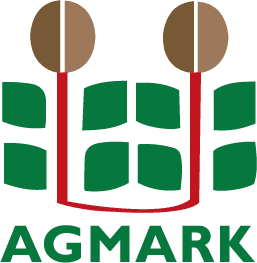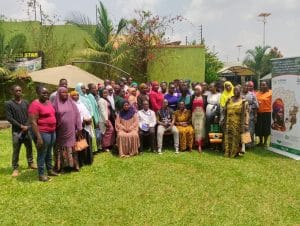The Kasumulu-Songwe border serves as a critical gateway between Malawi and Tanzania, facilitating substantial volumes of cross-border trade. Strategically located, this crossing links major transport networks and economic zones, making it a hub for the movement of goods and services. In 2022, trade between the two countries reached USD 81.54 million.
The recent introduction of an electronic data exchange system between the Tanzania Revenue Authority (TRA) and the Malawi Revenue Authority (MRA) at the border is a game-changer, improving customs efficiency, reducing clearance times, and promoting transparency. However, despite these developments, youth trade faces significant barriers, particularly in accessing and benefiting from these opportunities.
Why Youth Trade Inclusion Matters
Africa’s youth represent more than 60% of the continent’s population, and Malawi and Tanzania are no exceptions. Engaging young people in cross-border trade is key to long-term economic resilience and poverty reduction. Youth bring energy, adaptability, and technological fluency, all crucial for navigating modernized trade systems.
Creating an enabling environment for youth trade at border points like Kasumulu-Songwe is not just socially beneficial but also economically strategic.
At Kasumulu-Songwe, there are potential job creation pathways where youths were actively involved in grain storage management and the transportation of cereals across the border. Despite this, youth engagement in cross-border trade remains minimal due to policy gaps, poor infrastructure and restricted access to credit for youth, especially informal and small-scale traders.
Policy Gaps and Strategic Opportunities
A policy gap analysis of Kasumulu-Songwe Border conducted by AGMARK reveals several areas that need attention to improve the operating environment for youth trade:
- Harmonization of Trade Standards: There is a lack of harmonized trade standards between Malawi and Tanzania, leading to lengthy customs clearance processes. Harmonizing these standards can streamline trade operations and reduce delays.
- Infrastructure Investment: Poor transport networks and inadequate grain handling facilities are significant barriers. Upgrading transport infrastructure and developing modern storage facilities are essential to support efficient trade.
- Digitization of Customs: Despite the introduction of the electronic data exchange system between revenue authorities, the current customs processes are largely manual, causing delays and inefficiencies. Digitizing customs systems can enhance transparency, speed up clearance times, and reduce the cost of doing business.
- Inclusive Policy Design: There is minimal policy emphasis on gender and youth-specific support. Developing targeted financial resources, leadership programs, and capacity-building initiatives for women and youth can empower these groups and enhance their participation in cross-border trade.
- Enhanced Inter-Agency Coordination: Better collaboration between TRA and MRA can eliminate redundancies, saving time and money for all traders.
Formalizing Trade Through CBTAs
Establishing and empowering Cross-Border Trade Associations (CBTAs) is a strategic pathway to formalizing informal youth trade. CBTAs provide structure, advocacy, and access to resources.
Recommended steps include:
- Capacity Building: Training youth in trade laws, quality standards, and digital platforms to improve their market access and competitiveness.
- Infrastructure Upgrades: Constructing youth-friendly facilities such as storage units, digital service centres, and transit shelters.
- Financial Access: Partnering with microfinance institutions to offer youth-friendly loans and credit schemes.
- Regulatory Simplification: Simplifying trade procedures and ensuring transparent, youth-accessible information systems.
- Inclusive Governance: Mandating youth and gender representation in CBTA leadership through by-laws and quotas.
The Kasumulu-Songwe border is not just a trade route but a launchpad for economic opportunity, especially for youth. AGMARK is pushing for the establishment of formal CBTAs at the Kasumulu-Songwe border point. This is a critical step towards creating a more organized and efficient trading environment.
By addressing policy gaps, upgrading infrastructure, and promoting inclusive governance through CBTAs, Malawi and Tanzania can turn this border into a model of youth-driven economic development.
Investing in youth trade is not just about inclusion but also a strategic move to unlock sustainable regional growth.





